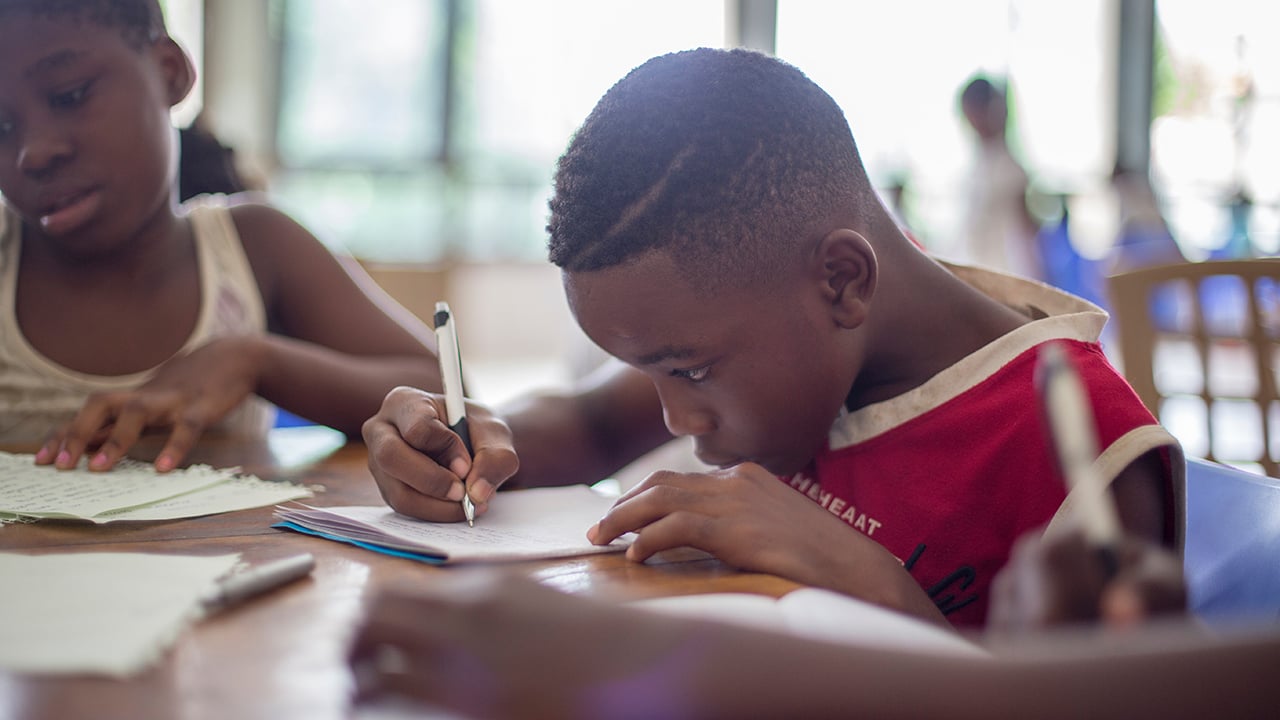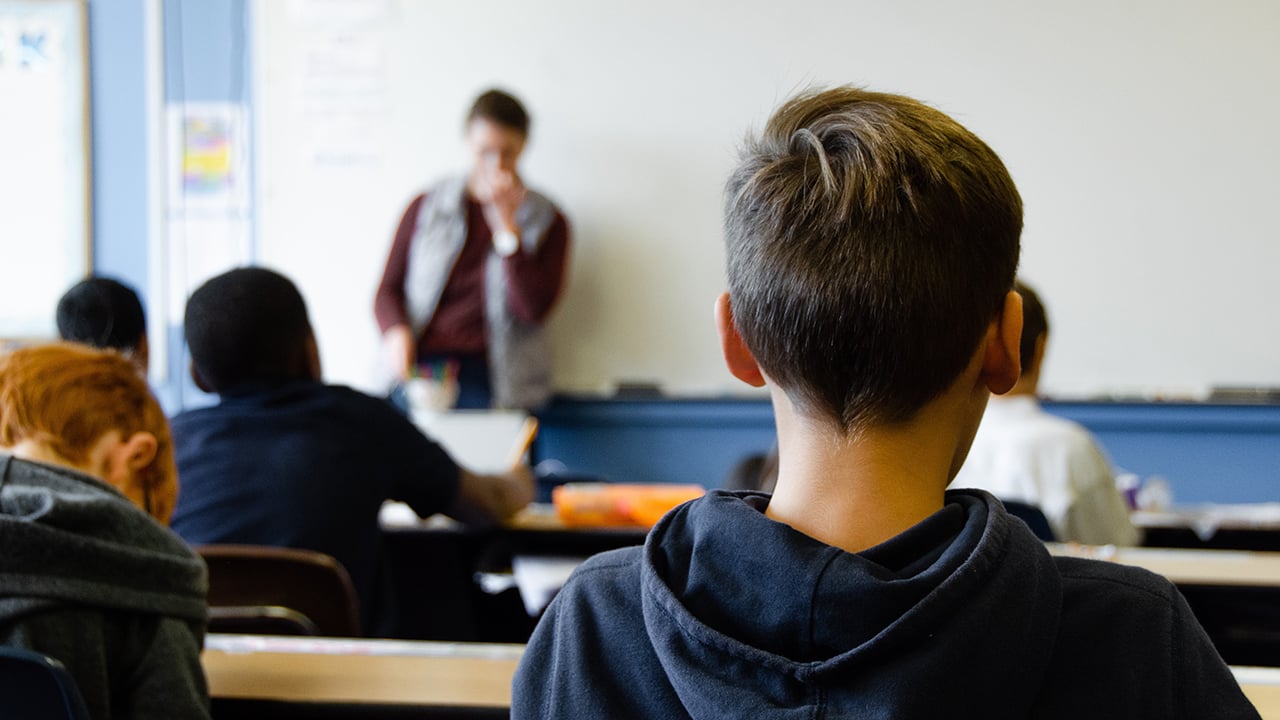
Photo by Brooke Cagle on Unsplash.
In a survey that NUITEQ recently conducted among American and Swedish teachers about what their greatest work-related problems and challenges are, they gave us interestingly enough similar answers:
- Lack of time
- Meeting each and every student’s needs
- Lack of engagement in students
- Disruptive students
- Unrealistic workload
Time is in short supply
These answers were surprising in their apparent universality, but not surprising in and of themselves. It is not a secret among those who work within the educational sector that time is a precious commodity, with many teachers working evenings and weekends in order to plan and prepare lessons, and grade papers.
There is often a correlation between lack of engagement, disruptions in the classroom and student needs that are not being met. Not having enough time to address the needs of every student only exacerbates the problem.
We live in a time when individualism is greater than ever, when the fact that every person is unique is not only respected, but celebrated and encouraged. However, schools are not given the monetary or time resources that are needed to support their students individuality and often have to resort to the old “one size fits all” methods of teaching, where the teacher delivers the exact same content in the exact same way at the exact same time to all the students in a classroom. In some countries, there is a push for not only standardized tests, but also standardized lessons. Standardized lessons would mean that every school teaches the exact same lessons to all students at the exact same point in their school life. Advocates of standardized lessons claim that this will save teachers time, simplify their work and make it possible for substitute teachers and untrained personnel to cover educational material in a way that meets the curriculum standards.

Photo by Santi Vedrí on Unsplash.
This approach may be well-meaning and might help meet the needs of teachers and administration, but without personalization it fails to meet the needs of students. Each student comes with their own abilities and needs, interests and challenges. Any effort to move away from personalized learning does not take this into account, and - what is worse - leads to students developing a cookie-cutter set of skills (in the best case scenario) or failing to meet educational goals (in the worst case scenario). This approach leaves little room for creativity, critical thinking and personal expression.
Resources are limited and they are not likely to increase any time soon. On the contrary: in many countries, school funding cuts are the norm rather than the exception. So what can schools do to keep personalizing learning despite the limits that are imposed on them?
Meeting students’ needs
There are different ways to personalize learning and, that way, meet each student’s needs. One way is to personalize content, based on what the students themselves are interested in. Another way is to personalize the timing of learning, based on when students are ready to learn. A third way is to personalize the means of learning, based on how students learn.

Photo by bennett tobias on Unsplash.
What - Personalizing content
Today, it is only older students who can decide what their education should cover. Mandatory education has to follow the curriculum of each state or country. The reason for that is that the basic skills students are expected to possess when they leave school are skills society requires them to have in order to function and be a productive, contributing member. Curriculums are not static; they change according to societal needs and culture. Yet, they are slow to change and do not always keep up with these needs. An example of this is the rapid technological advancements that have both changed the way we think and live, and given the job market a facelift. Most curricula have only begun to address these advancements in recent years.
When - personalizing timing
There are very few adjustments that can be made today with regards to when a student starts school, when they learn how to count or how much time they have to achieve reading proficiency. There are frameworks in place that determine normalcy: if a student hasn’t met the specific mandated educational goals by a certain time, it often leads to an investigation of that student’s abilities and, possibly, a diagnosis. Personalized timing would mean that the student starts learning when they are ready. It would also mean that they learn at the pace that is most beneficial for them.
How - personalizing method
Universal Design for Learning guidelines clearly state that students should be given multiple means of representation. By providing students with auditory, visual and tactile alternatives, teachers can cover a wider range of learning styles, which would be an important step towards giving students with special needs an equal chance at acquiring the same knowledge as their classmates. Gamification is becoming increasingly popular as well. We are moving away from the old method of memorizing things and towards learning by playing. While school a hundred years ago was more about strict discipline, school today needs to be fun and inspiring in order to engage students - while still getting them to put in the work and learn what they are required to.
Student engagement and classroom disruptions
Teachers have been moving away from a model where they make students memorize facts mechanically and uncritically, and more toward helping them develop a deeper understanding of events, make connections and see the bigger picture. This is important in order to develop critical thinking skills that are becoming increasingly crucial in a world that is inundated with inaccuracies presented as facts. To develop a deeper understanding, they first need to capture students’ attention and to speak the students’ language.

Photo by Taylor Wilcox on Unsplash.
Gamification of learning, as mentioned above, is a very useful tool in this respect. Students are digital natives: technology is a language they are fluent in and feel comfortable with. Taking advantage of students’ interest in technology and games can lead to greater student engagement. Research has demonstrated the positive effect students’ situational and individual interest has on learning. Technology can help pique that interest by using esthetically pleasing graphics and exciting storylines.
Dealing with unrealistic workload
So how can we solve teacher problems and address students’ needs at the same time?
If the goal is to relieve teachers of at least parts of their workload, give them more time to plan and prepare lessons, to engage students more meaningfully, to give students the necessary skills to succeed in the future and to meet their needs, while working with limited funds at the same time, then we will need to provide them with assistance. They will have to be given tools that help them personalize learning, that are easy to learn and use, that make learning fun and that encourage student participation and collaboration. Tools that help them adapt the delivery of educational material to suit different learning styles, needs and paces.

Photo by Avel Chuklanov on Unsplash.
Technology already provides teachers with such tools today. It can also automate tasks that are routine, too time-consuming and which do not require teacher input, such as immediate feedback to students’ test replies. Administration tasks such as taking attendance can be handled by technology. Activities that are meant to reinforce and test students’ knowledge can be easily created, saved and reused. These same activities can be sent to one or more students depending on their progress.
How would this work in reality?
Imagine this scenario: a teacher needs to prepare for next day’s lesson, for their grade 2 classroom of 30 students. Three of their students cannot read yet. Two of their students can read and comprehend books at a grade 4 level. Three of their students can read but are easily distracted and can only concentrate on text if it is on a screen. Modern schools need to deal with such situations daily. So how can technology help address the needs of all those students?

Photo by Mimi Thian on Unsplash.
In a school that embraces technological advancements, the solution might look something like this:
The teacher accesses a vast online library of fun educational activities that teach new knowledge, reinforce existing knowledge or test it. They can keep these activities the way they are or edit them to better suit the educational needs of their students. They can send different activities as homework to different students or have them work in pairs or small groups in the classroom. Students that have progressed further work on a longer and/or more advanced list of activities, or on activities with extensions. Students that struggle with concentration are given gamified activities which provide them with immediate feedback, or scaffolding activities. While students that have progressed further work on their activities, the teacher can spend more time personally assisting students who need it. Every student works and progresses at their own pace. Every student is seen and given the means to achieve success.
In conclusion
Teachers face a great number of challenges in their everyday working life. Unless radical changes are made in the way funds are allotted, these challenges will remain. By harnessing the possibilities that technology offers, teachers can not only save time but also work much more efficiently when it comes to helping each and every student reach their full potential. Technology is an important tool in the effort to make education equally accessible for all students by letting teachers personalize learning and spend more time on those students who need it the most.
Find out how Snowflake education technology can help you activate your students, personalize your teaching and save time planning lessons. Sign up for a FREE Snowflake trial by using the button below:

 3-in-1 Mic
3-in-1 Mic



